Welcome to Matrix Education
To ensure we are showing you the most relevant content, please select your location below.
Select a year to see courses
Learn online or on-campus during the term or school holidays
Learn online or on-campus during the term or school holidays
Learn online or on-campus during the term or school holidays
Learn online or on-campus during the term or school holidays
Learn online or on-campus during the term or school holidays
Learn online or on-campus during the term or school holidays
Learn online or on-campus during the term or school holidays
Learn online or on-campus during the term or school holidays
Learn online or on-campus during the term or school holidays
Learn online or on-campus during the term or school holidays
Select a year to see available courses
Science guides to help you get ahead
Science guides to help you get ahead
In this article, we learn the different types of lighting used in films, how to analyse lighting and go through an example of lighting.
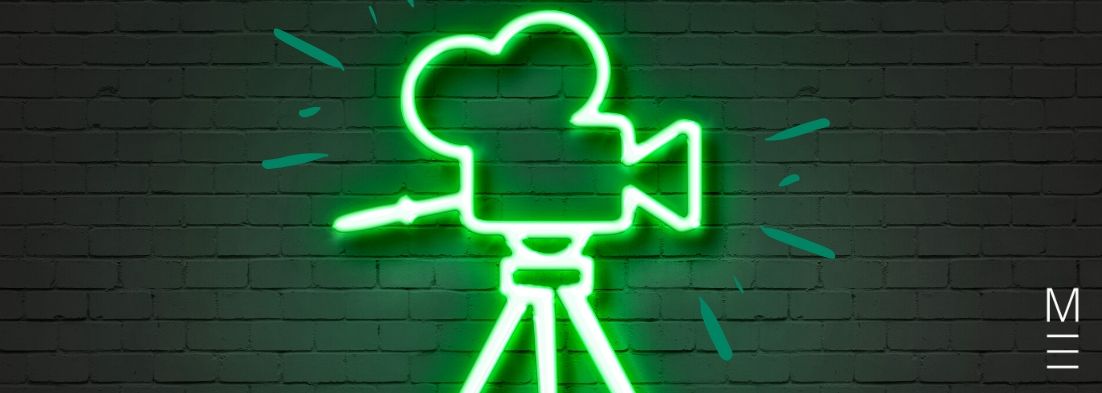
Guide Chapters
Join 75,893 students who already have a head start.
"*" indicates required fields
You might also like
Related courses

Join 8000+ students each term who already have a head start on their school academic journey.
Many students simply overlook lighting when they are examining films. However, it is an extremely important aspect that not only shapes the mood of the scene but can also be used symbolically. So, let’s learn how to analyse lighting!
Lighting is one of many important techniques used in film. For a complete overview of key cinematic techniques, check out our Ultimate Film Techniques List.
Create powerful study notes and start writing more insightful essays on film Fill out your details below to get this resource emailed to you. "*" indicates required fields
Download your FREE Film Analysis Planner

Download your FREE Film Analysis Planner
In this article, we’ll discuss,
Film lighting refers to the direction, quality, source, or colour of light.
These different elements work together to guide our attention, create texture or visual impact, and create an atmosphere.
The direction of light refers to the path where the light source comes from and where it lands. For example, top light or backlighting.
Quality refers to the intensity of the light. For example, hard or soft light.
Source refers to the role of the lighting. For example, key light or fill light.
Colour refers to the colour of the lighting. For example, white light or warm lighting.
Write confidently and ace your English exams with Matrix English Course now. Our expert English teachers will guide you step-by-step through your English content and give you comprehensive feedback to improve your English marks. Learn more about our English Course now.
Produce insightful analysis & Band 6 essays!
Expert teachers. Band 6 resources. Proven results. Boost your English marks with our On Campus course.
Now that we know what film lighting is, let’s see the different types of lighting and how they are used in films.
The names for different directions of lighting is very self-explanatory. It refers to the location that the light source is placed in relation to the subject.
| Type | Definition | Effect | Example |
| Frontal lighting | The light source is placed in front of the subject | It is a neutral lighting that diffuses shadows on the face. You will find it is mostly used for portraits or to emphasise an object or subject. | 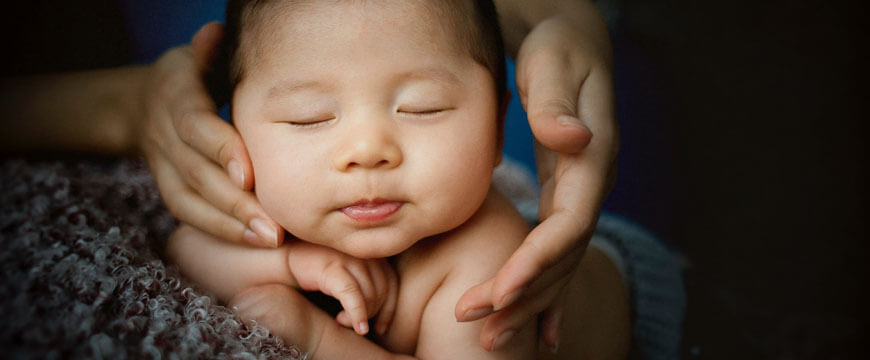 |
| Sidelight | The light source is placed on either side of the subject (right or left) | Sidelight creates a shadow on one half of the subject and sculpts the subject’s features. The contrast between light and shadow creates a sense of mystery |  |
| Backlighting | The light source is placed behind the subject | Backlighting creates silhouettes and a glowing effect on the subject. This is used to create a dramatic effect and emphasise the subject in a mysterious way. You may see directors use backlighting to introduce a superior character without revealing their identity. | 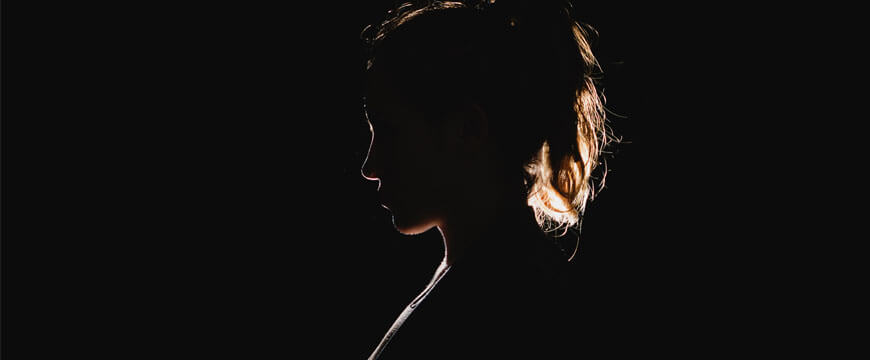 |
| Underlighting | Light source is placed underneath the subject and shines upwards | Underlighting can either be used as a monumental lighting (light up a statue) or distort the subject’s features (ghost stories around the campfire). It creates feelings of fear, curiosity or awe. | 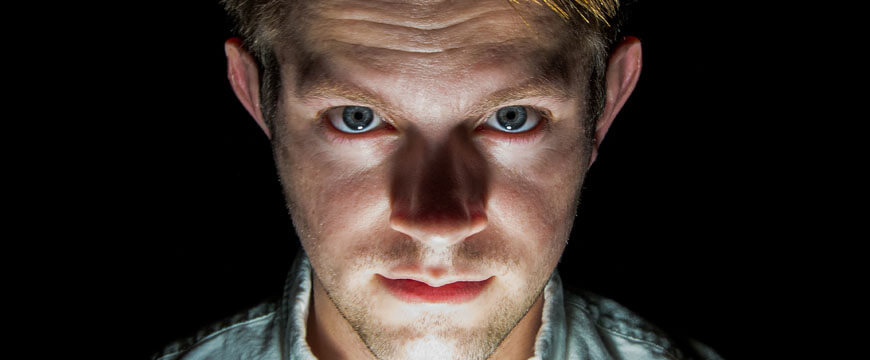 |
| Top lighting | The light source is placed above the subject and shines downwards | Top lighting tends to glamourise the subject. It places the subject in a divine light. As such, we usually feel awe, pride to dominance. | 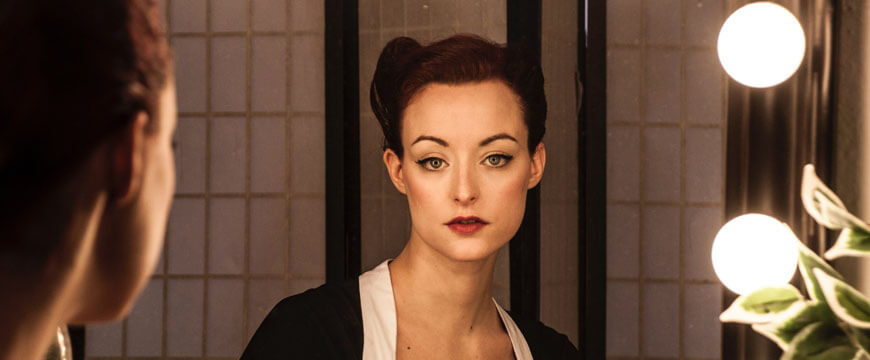 |
Take a look at this video to see what the human face looks like under different types of lighting. Pay attention to how it makes you feel.
| Type | Definition | Effect | Example |
| Hard/harsh lighting | Hard lighting has clear, crisp shadows and contrast. | It creates a dramatic and intense atmosphere. | 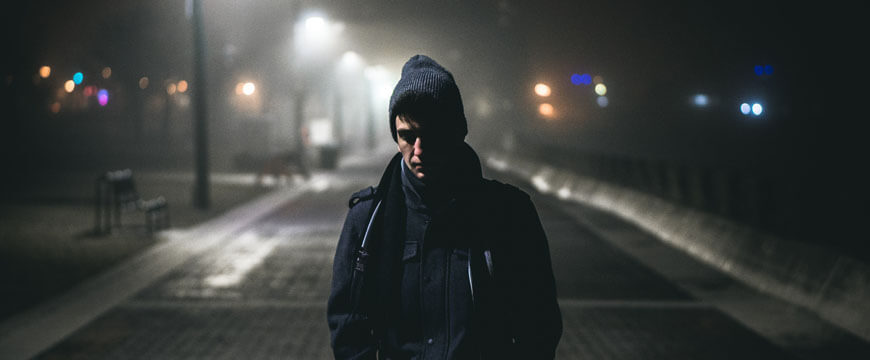 |
| Soft/diffused lighting | Soft light has very little to no shadows and low contrast. | It creates a romantic, dreamlike or magical atmosphere. | 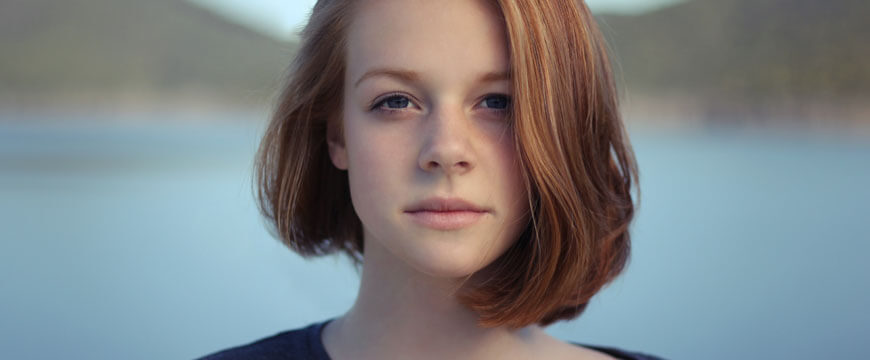 |
| Type | Definition | Effect | Example |
| High-key light | High-key lighting creates low contrast. Nearly everything in the shot is lit. This is created by fill light and backlighting to achieve this effect. | High key lighting has a very neutral effect. You usually see it in beauty shots. However, extreme uses of high-key lighting can create a very sterile atmosphere (think hospitals) or peaceful atmosphere (think heaven scenes) | 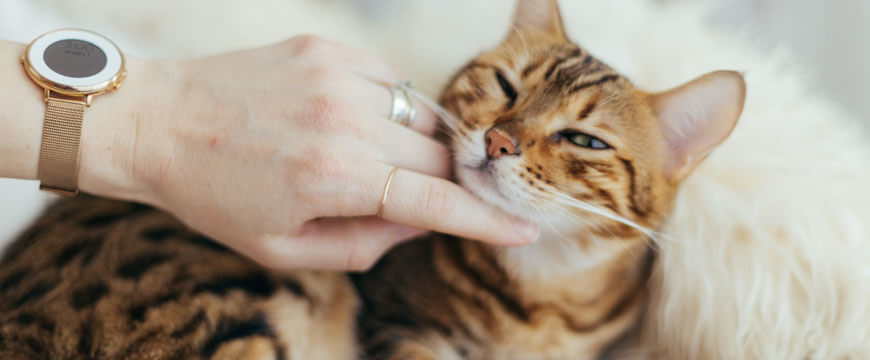 |
| Low-key lighting | Low-key lighting creates stronger contrasts… like chiaroscuro. Usually, only one lighting source is used. | Low-key lighting creates a sense of mystery and drama. | 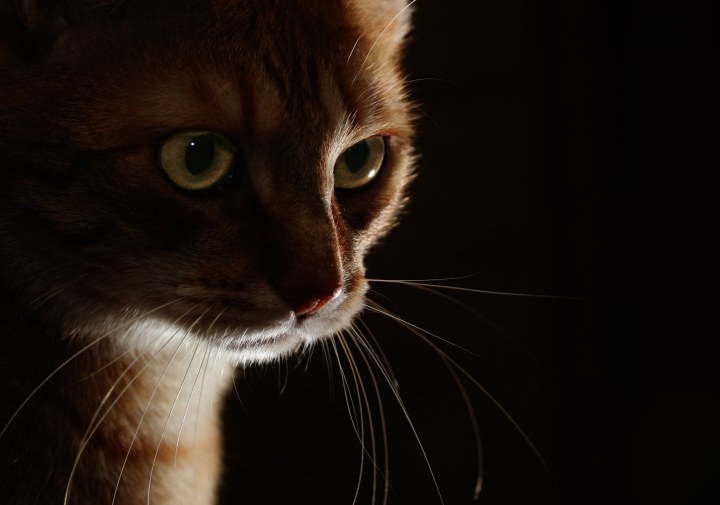 |
| Key lighting | Key lighting refers to the main source of light. It is usually the brightest and creates shadows. | Key lighting is used to emphasise the subject. | 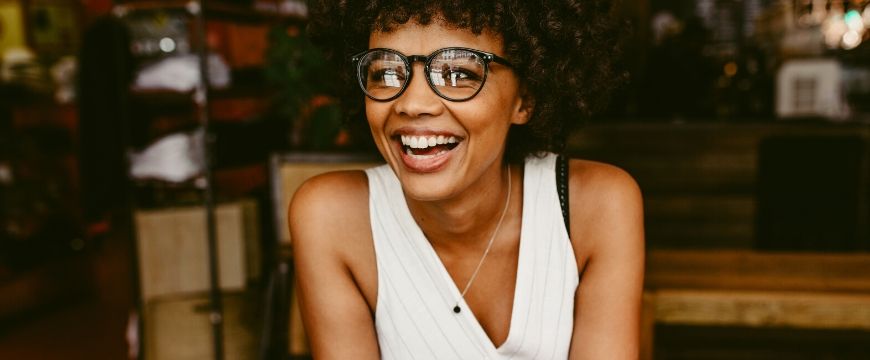 |
| Fill light | Fill light is used to ‘fill in’ the shadows in a shot. It is secondary to the key light. | Fill light softens the shadows in a shot to create less contrast. It is often used as a neutraliser. However, it can also be used to create a soft, dreamlike effect. | 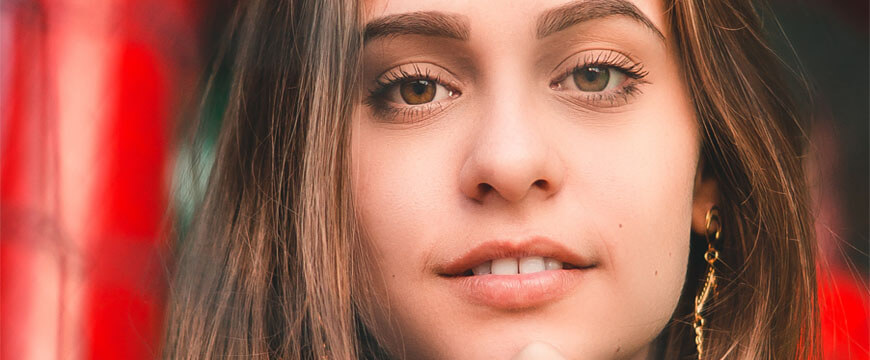 |
Note: Chiaroscuro refers to the strong contrast between shadows and light.
| Type | Definition | Effect | Example |
| Warm lighting | Warm lighting creates yellow or orange tones. Think, warm, sunny day by the beach. | Warm lighting creates a warmer and happy feeling. |  |
| Cool lighting | Cool lighting creates blue tones. Think, cold and lonely night sky. | Cool lighting creates a cold, gloomy and lonely atmosphere. It can also feel quite spooky. | 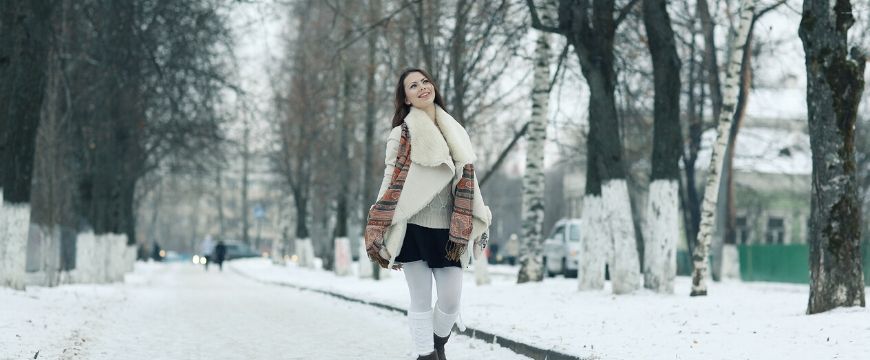 |
| White lighting | White lighting uses white light. There are no coloured tones. | White lighting is neutral and doesn’t evoke strong emotions. However, overuse of white light can seem overpowering and confronting. | 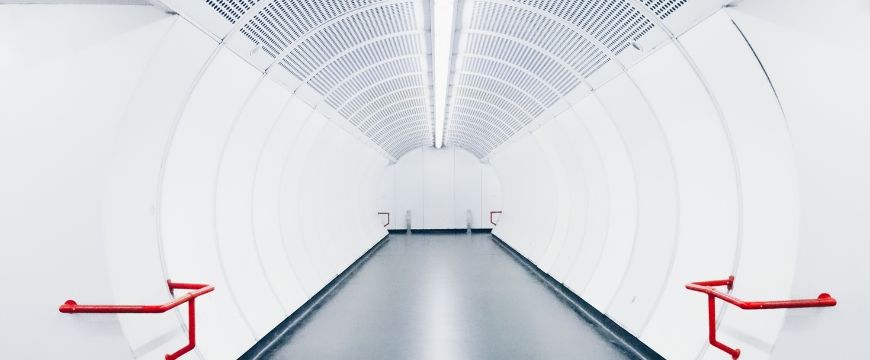 |
| Coloured lighting | Directors usually tint the lighting with different colours. | Film directors use different coloured lighting to set a mood. For example, red lighting can make the scene seem romantic or dangerous, whereas green exudes sickness or evilness. | 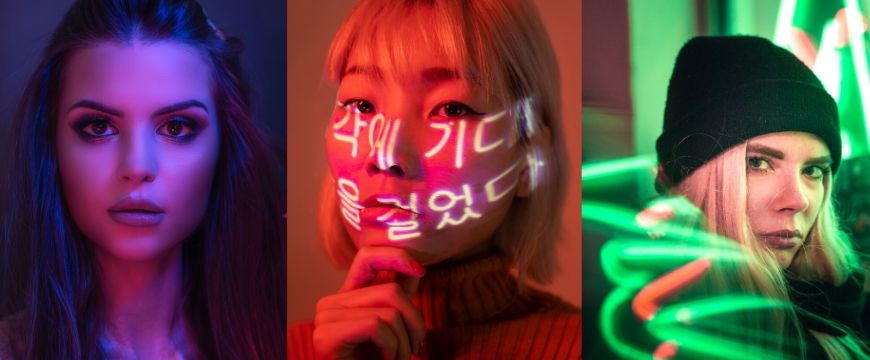 |
We know that learning how to analyse lighting can get quite difficult. So, we broke down the process into easy steps for you to follow!
Let’s see what they are:
The first step to analyse lighting is to identify the different elements of lighting prevalent in the scene.
To make this easier, you can pause the scene at critical moments, or take a few screengrabs.
Then, go through the 4 elements of lighting (direction, quality, source and colour) and identify which lighting technique is used. Refer to the above tables to help you with this.
Remember, not all the elements are significant enough to analyse. So, use your critical thinking skills to select the important elements.
Now that you’ve figured out which elements you will be analysing, it is time to figure out their general effect.
Each type of lighting tend to create similar effects each time.
So, to figure this out, you need to:
This is your basic analysis. However, it is not specific enough to the film. So, let’s take a look at Step 3.
Adding context will give your analysis the depth and sophistication that markers seek.
Also, directors can always subvert lighting conventions. So, it is important that you aren’t just simply relying on the general effect to analyse lighting.
You must always think about the context that the lighting is used.
To figure this out:
This is your filmic analysis!
Now, we have all the necessary ingredients to put together a T.E.E.L paragraph.
T.E.E.L stands for:
You can find a more detailed explanation of using T.E.E.L in our post on paragraph structure (this post is part of our series on Essay Writing and shows you the methods Matrix English Students learn to write Band 6 essays in the Matrix Holiday and Term courses).
Now that you know how to analyse lighting, let’s go through it with an example scene from George Clooney’s Good Night and Good Luck.
To provide a little context, the film is set during the Cold War, where Communists overtaking America was a real threat. The film follows a broadcast journalist’, Edward Murrow’s (played by David Strathairn), search for truth. He questions McCarthy’s unfair trials of ‘Communists’ and ‘Communist sympathisers’.
To help us better identify the elements in this scene, let’s take a look at these 2 screengrabs; a midshot and close up shot of Edward Murrow.
1. Direction of lighting: Sidelighting that partly covers Murrow’s face in the shadows
2. Quality of lighting: Hard/harsh lighting that focuses on Murrow
3. Source of lighting: Lowkey lighting that creates lot’s of shadows – chiaroscuro
4. Colour of lighting: Unknown, since the film is graded in black-and-white
We won’t be focusing on the final element because it is irrelevant. So, in this scene, Clooney uses harsh, low-key side-lighting.
Now, let’s figure out the general effect of the elements.
1. Identify the atmosphere
The atmosphere of this scene is simultaneously empowering, but mysterious.
2. Recall the above table and connect to atmosphere
| Lighting elements | General effect |
| Sidelight | Creates a sense of mystery |
| Hard lighting | Creates a dramatic and intense atmosphere |
| Low-key lighting | Creates mystery and drama |
From this, we can conclude that the combination of these elements creates a mysterious, intense and dramatic atmosphere.
Now, we need to give your analyse more depth and meaning by grounding it in the context of the film.
1. Identify the film’s main themes
The main themes in Good Night and Good Luck are:
2. Figure out what is happening in the scene
Murrow is defending himself from allegations of being a Communist on his live broadcast show. He is attempting to stay truthful and transparent to convince his audience that he is not a Communist.
3. Figure out how the lighting adds meaning based on your previous findings
The light shines directly on Murrow’s face to highlight that he is speaking the truth. However, the side-lighting creates very hard shadows that covers a part of Murrow.
As, such, this symbolises how part of the truth will always be hidden, even when one attempts to be transparent.
We can either link this to media organisations, political figures or simple human nature.
Now, let’s put out findings into a TEEL paragraph.
| George Clooney explores how media organisations may claim to report the absolute truth, but in reality, a part of the truth will always be hidden. We see this in the scene where Ed Murrow defends himself from the Senator’s claims that he is a Communist sympathiser. Here, the hard lighting shining directly on Murrow’s face signifies his attempt to be transparent about the media. This transparency draws the audience’s attention and earns their trust. However, Clooney simultaneously warns the audience about fully trusting Murrow through the symbolic use of side-lighting. This side lighting creates deep shadows covering part of Murrow’s face. This creates a sense of mystery, representing how the truth is always partly hidden despite attempts to seem transparent. As such, Clooney compels audiences to always question the media’s truth. |
Written by Matrix English Team
The Matrix English Team are tutors and teachers with a passion for English and writing, and a dedication to seeing Matrix Students achieving their academic goals.© Matrix Education and www.matrix.edu.au, 2025. Unauthorised use and/or duplication of this material without express and written permission from this site’s author and/or owner is strictly prohibited. Excerpts and links may be used, provided that full and clear credit is given to Matrix Education and www.matrix.edu.au with appropriate and specific direction to the original content.